Phoenix single bush, the most complex oolong teas?
Fenghuang, 9th May 2016
At noon I meet Dora and Balazs, owners of Teavolution, a Hungarian speciality tea shop. We will travel together in the next few days.
It’s a pleasure to share tea moments with friends. Travelling alone, I often have to rely only on my judgment, while sharing opinions helps in better understanding the teas and weigh up my personal taste against those of others.
Our translator will arrive later in the afternoon. We don’t lose time and, eager to drink a Phoenix Single Bush (Fenghuang Dancong, the local oolong tea) we take a taxi downtown to visit the shop of one of our suppliers. They are from Wudong, the highest and most renewed mountain for Phoenix Single Bush. It is an extremely important contact because, although everyone here pretends having tea from Wudong on stock, leaves from the Mountain are rare. Only the families living there own the tea gardens, all others must buy fresh leaves from them… and they are not very keen of selling them, for the final product –the processed tea– can be sold at a much higher price than the fresh leaves. We will visit their house and tea gardens in the next days.
Chaozhou has its own Gongfu Cha style. Here tea is brewed in tiny gaiwans, on round porcelain trays. There is no pitcher, no filter. Just the gaiwan and the cups. The porcelain is rather simple and of low quality, not comparable with the fine wares of Jingdezhen. Nonetheless I like the simplicity and rural touch of the local brewing methods. It’s practical and elegant.
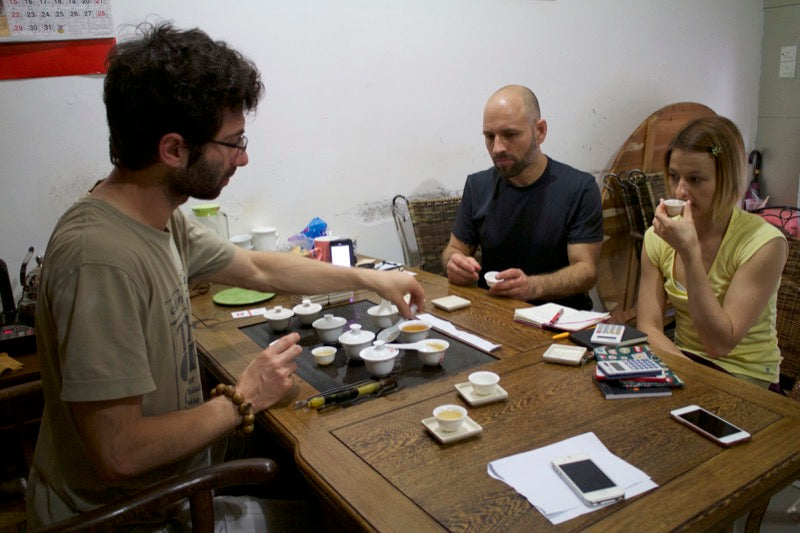

First tea tasting in Chaozhou with Dora and Balazs (Teavolution). Chaozhou-style Gongfu Cha on a round porcelain tray. The tiny gaiwan (about 60 ml) servers just two cups.
Spencer, our interpreter, joins us for a last cup of tea before heading to Fenghuang, a small village about one hour drive from Chaozhou. In the evening we taste several Dancong and a local black tea in a factory just out of Fenghuang. We collect samples of the most interesting tea and go to the hotel. We will come back tomorrow.

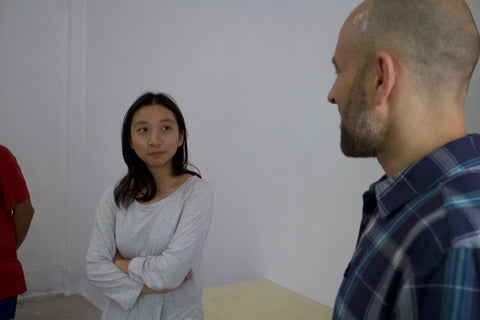

Spencer, our smart translator. Evening tea tasting in a tea factory just out of fenghuang.
Fenghuang, 10th May 2016
5:30am. I cannot sleep. The city is waking up, the roads are empty and unusually quite. China is so lout during the day; everywhere; even in the most tiny village.
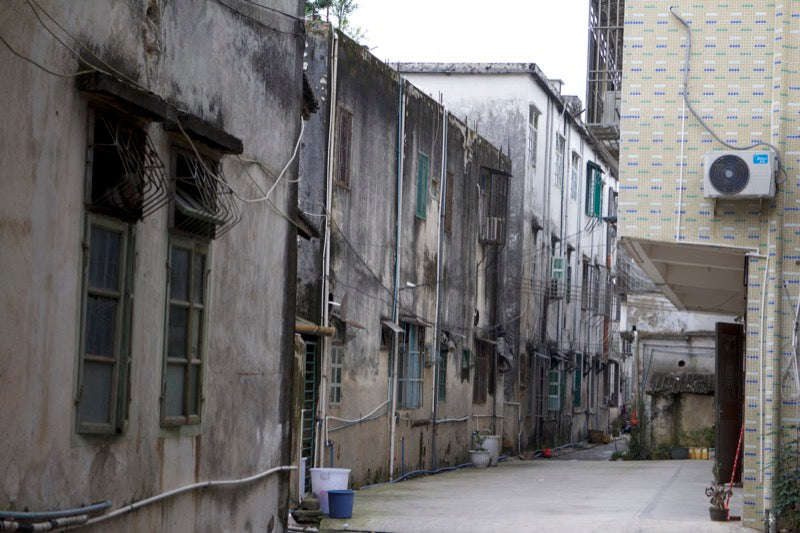
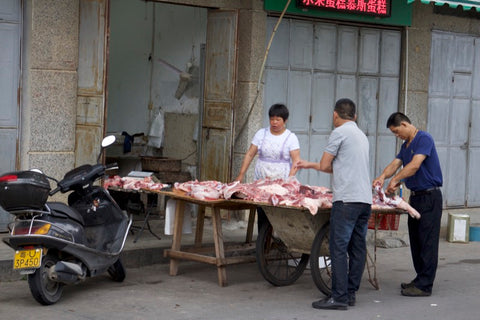
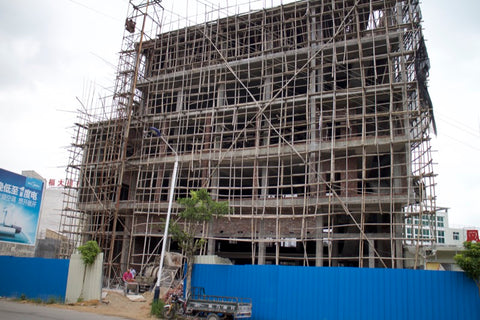
Early morning in the Fenghuang village.
Time for a hike. The owner of the tea factory that we visited yesterday evening would like to show us his tea fields. We drive up the mountains on unpaved roads and walk for half a hour before reaching an old single-room house, the basecamp for his workers. We drink tea while waiting the rain to stop falling.




Farmer's house next to a tea gardens.
The bushes here are all very young, too young to be harvested. He bought a large piece of land few years ago to increase his production. We are at about 500 meters above see levels, opposite to Wudong mountain.
I would have preferred to see the bushes of the teas we tasted yesterday, but for him it is more important to show off presenting his big plans for the future. Communication with him is very hard, full of misunderstanding. It is hard to get answers to our questions, despite the great job of our translator. From time to time I have the feeling that the misunderstandings are intentional. I am too direct and my questions to insistent and stinting. His answers are too vague and, my feeling says, not very honest. He doesn’t like me, I don’t like him.
 New tea gardens on a mountain near Fenghuang. The plants, four to five years old, are still too young to be harvested.
New tea gardens on a mountain near Fenghuang. The plants, four to five years old, are still too young to be harvested.
In the afternoon we go on the top of Wudong mountain. The village on the mountain is inhabited only during the harvest season. All people here became rich thanks to the tea and moved to the city, to Chaozhou; among them also our supplier. She invite us for a tea (delicious) and also for lunch: dog meat!

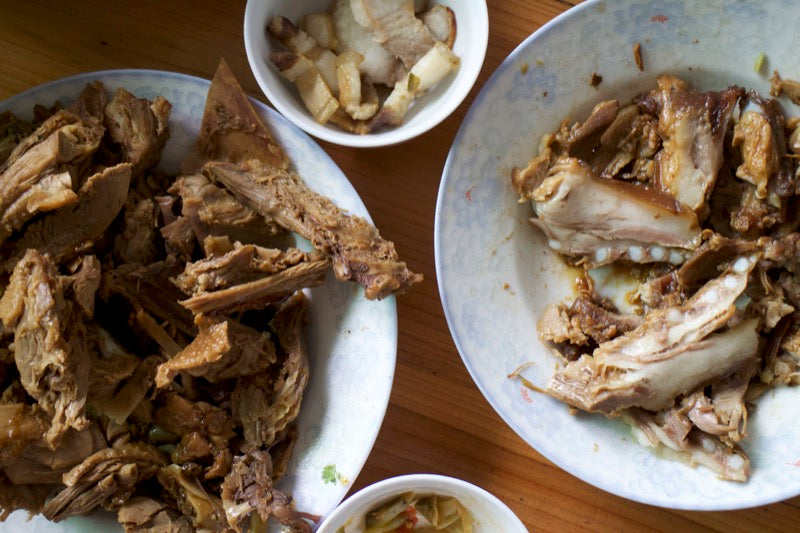
Tea brewed in Chaozhou gongfu cha style. Lunch at a farmer house: guess which of the two is dog meat!
We hike up the mountain to see her tea gardens. Most tea plants here are shrubs taller than I with thick roots covered by moos. The leaves are pitted by insects’ bites. Our supplier uses neither pesticides nor herbicides. Her trees are all above 1000 meters above the see levels; at this altitude insects are not a problem even in summer. The UNKRAUT near the bushes is removed by hand; infact I see clods of earth near the roots.
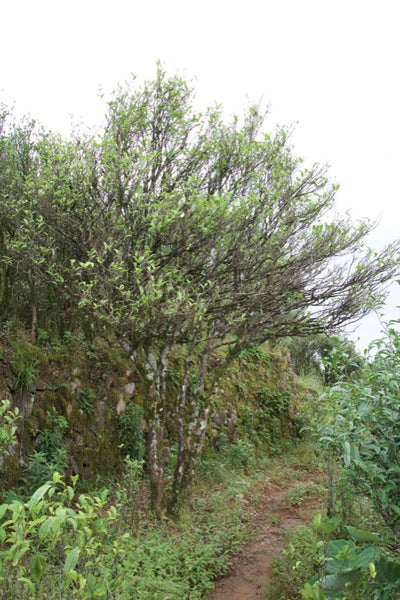
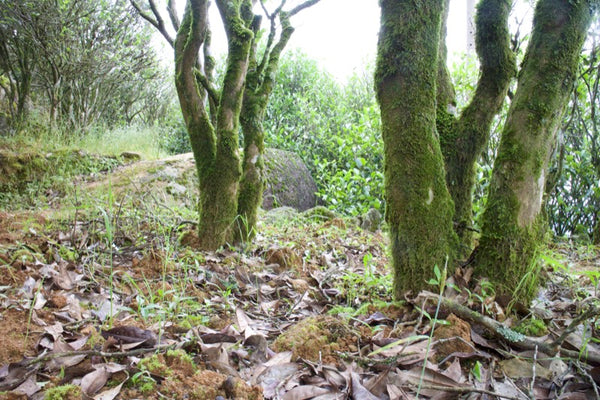

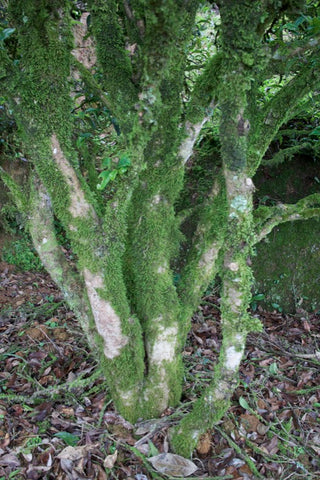
Tall tea shrubs on the Wudong mountains. At this altitude (above 1000 meters) pesticides are not strictly needed and our supplier decided not to use them all year around. Herbicides are also not used; she hires workers to weed the gardens.
We hike up to her oldest tree, at an altitude of 1200 meters; a 600 years old Zhi Lan Xiang –this the name of the cultivar. Every year they pick about 10 kg of fresh leaves from this tree, sold at almost 5000 € per kilogram, wholesale price! And this is the price of the free leaves! The final product would cost at least five times more!
Four years ago they planted some branches of the old tree around it. The little bushes –genetically identical to their parent tree– are still too young to be harvested, but in a couple of years will yield precious leaves.

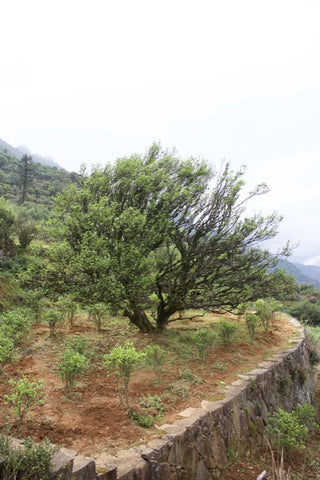
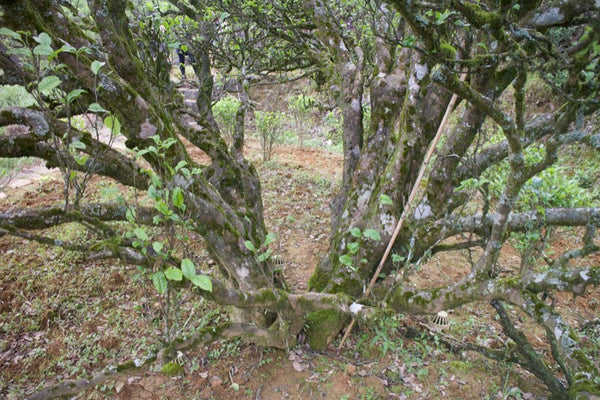
A 600 years old tree on the Wudong mountain. Every year our supplier can earn about 50000 € only by selling the leaves of this one tree!

Large reddish-brown rocks on the Wudong mountain, very similar to those seen in Wuyishan, where the famous Wuyi Rock Tea comes from. I wonder if the mineral taste of some Dancong is due to their proximity.
Chaozhou, 11th May 2016
After having visited four tea farmers and having drunk liters of Fenghuang Dancong we all selected the teas to buy. For Nannuoshan I have chosen three classics and a speciality.
- Milan Xiang (Honey-orchid fragrance): a floral Dancong with a honey touch; rich and clear.
- Xingren Xiang (Almond fragrance): sour-sweet Dancong, recalling the taste of the almond’s skin.
- Huang Zhi Xiang (Gardenia fragrance): Another floral oolong with a mineral texture.
- Farmer’s Dancong: On Wudong we tasted the tea drunk by the farmers; leaves discarded from the crop because to big, mixed with broken leaves and stems; Surprised but both taste and price (cheap!) we bought the RIMANENZE: 1 kg for Nannuoshan and 1 kg for Teavolution.
The last day we take a tea brake; we go for teaware shopping! I buy the local porcelain tea tray for Gongfu Cha, several gaiwan and cups and also an outdoor Gongfu Cha set! A carved wood luggage with all you need for Gongfu Cha, inclusing cloths and pliers. Once open, the luggage turn into a tea tray.
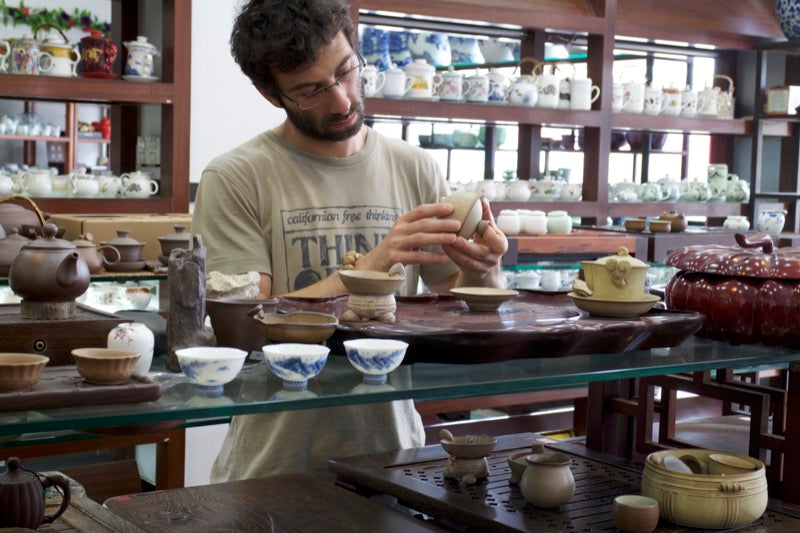
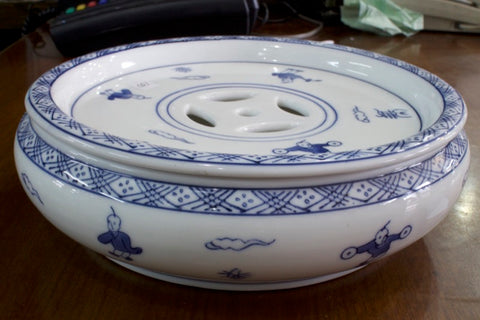

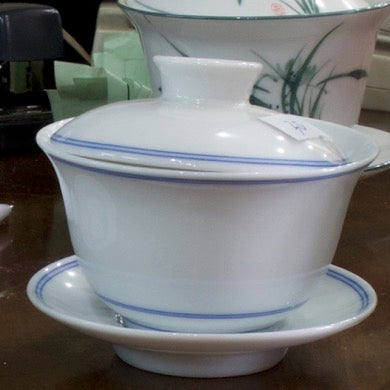

Teaware shopping in Chaozhou. Porcellain Gongfu Cha tray, cups, gaiwan, handpainted saucers and an outdoor Gongfu Cha set.





